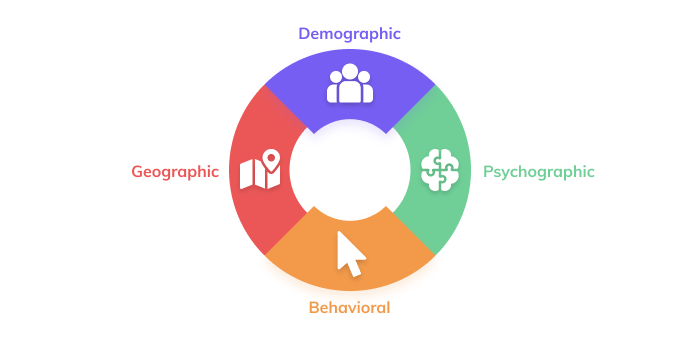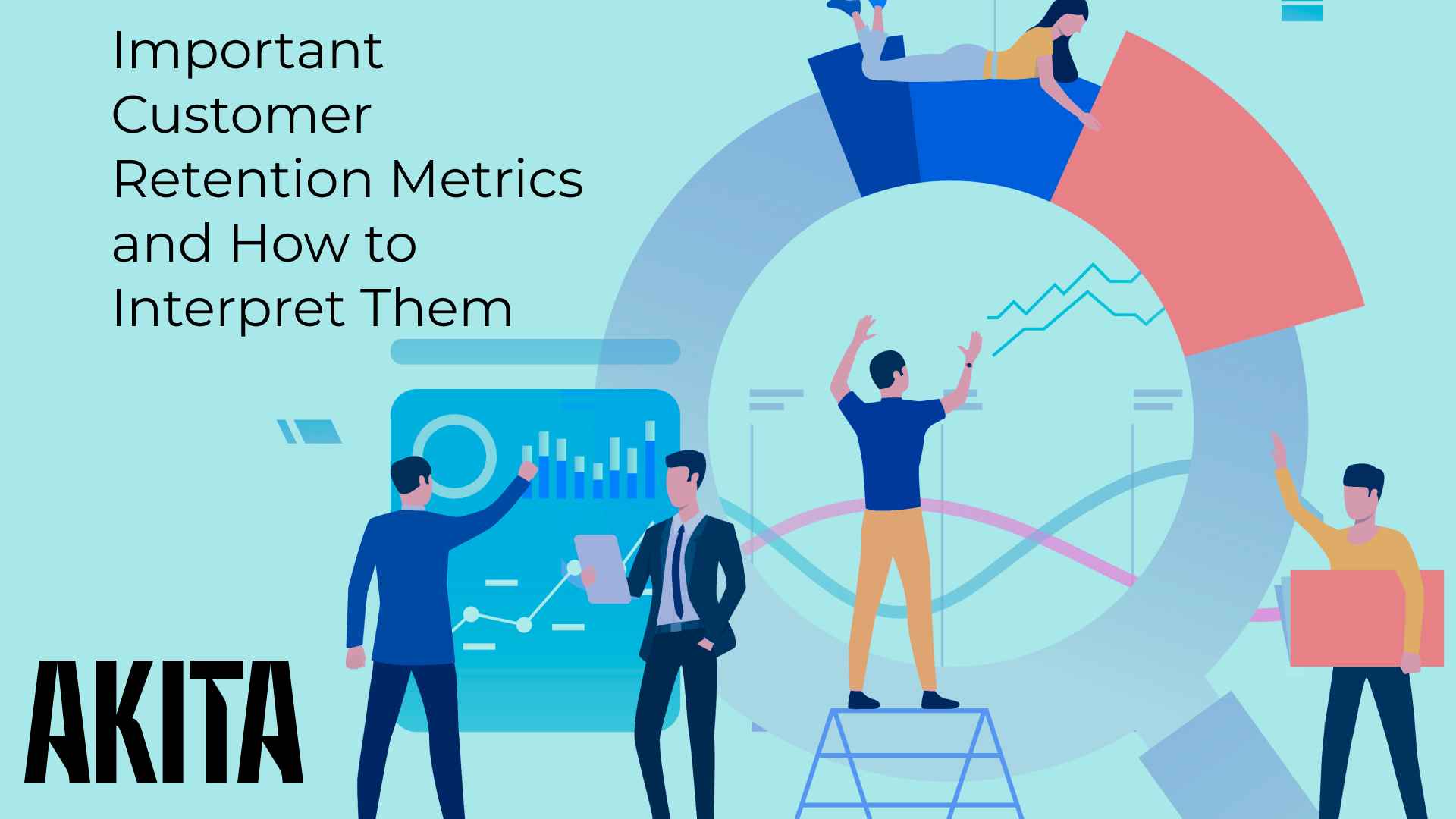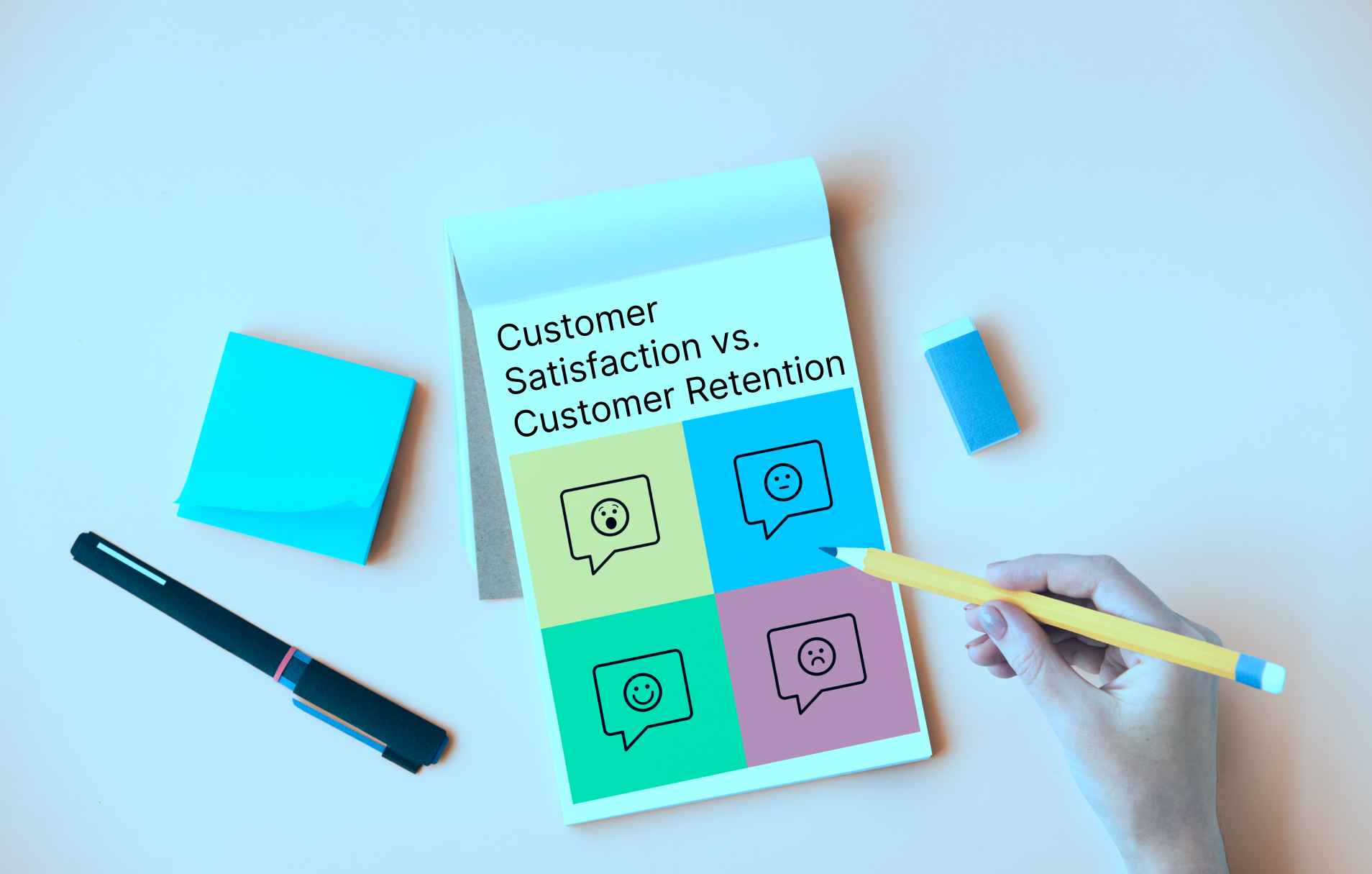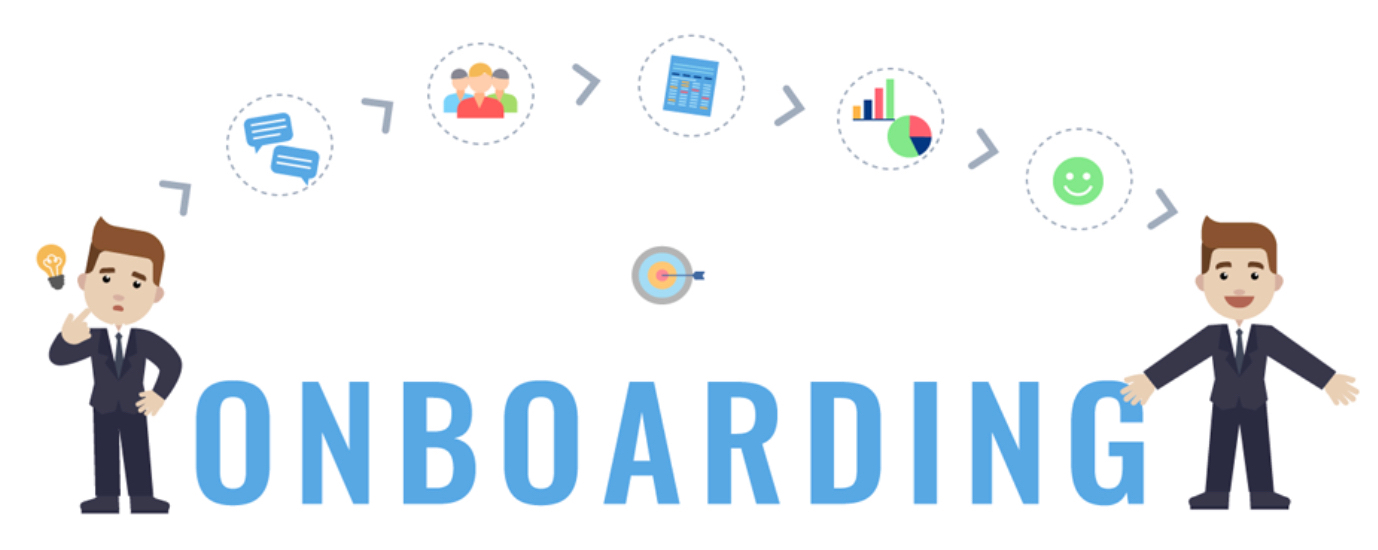What is Customer Segmentation Analysis?

Imagine your customers all had the same profile, the same goals with your solution, used your software in exactly the same way, bought the same number of licenses and engaged with your sales, support and customer success teams identically.
Imagination is required for this exercise because in the real world, no SaaS company has a completely homogeneous customer base. In the real world we need to apply different engagement strategies to differing groups of customers to ensure that (as much as possible), we maximize customer health, engagement, retention and ultimately the lifetime value of each and every customer.
This is where customer segmentation and customer segmentation analysis comes in. Being able to leverage all of the data your company collects to understand key customer groups and apply custom retention strategies will improve your companies chances of surviving and growing sustainably.
Below, we dive into what Customer segmentation analysis is, why and how to do it, different segmentation models and some useful and practical examples of customer segments.
What Is Customer Segmentation?
Firstly, what are customer segments exactly? The easiest way to understand customer segments is to observe them as specific folders where you organize prospects or clients. To create a folder, a business performs a customer segmentation analysis, establishes patterns, and inputs data with similar qualities into a separate folder. This process is known as customer segmentation.
The customers in the same folder are identified as buyers who share common characteristics, have similar needs and goals, and usually similarly communicate with the business.
Why Do You Segment Customers?
Hopefully, we helped you on how to understand customer segments, but let’s explain how companies can benefit from customer segmentation.
- Personalized marketing efforts
Customer segmentation allows you to get to know your customers better and create a custom-tailored marketing voice that resonates with each segment’s identity.
- Automated churn prediction
By dividing a company’s customers into specific groups, companies can detect and analyze each movement within their platform in real time and take different actions to preserve the customer base.
- Better product development
Skillful customer segmentation helps both marketing and product development. By examining the data of your most successful segment, you can determine which product is the most popular and why. Then, you can promote it to other groups. Also, it is a way to detect the possible issue in a specific feature or product and address it to the product development team.
- Selecting the adequate communication channel
Determining customer segments and creating exclusive content may strengthen the customer-business relationship. However, it is important to select the right communication tool. Based on the segment’s traits, you can decide whether to use email, newsletter, social media posts, and other.
- Identifying the most valuable customers
Customer loyalty should always be rewarded. By identifying the customers with the greatest lifetime value, you can show your appreciation by creating personalized offers, various loyalty programs, or product sales.
- Low-risk experimenting
By identifying customer segments that are either price-sensitive or possess a more quality-over-quantity mindset, you can adjust the pricing strategy to each. This is how you can try different price testing options without the risk of losing customers. Also, you can experiment with implementing innovative marketing strategies that wouldn’t suit all the customers.
- Improving sales, customer relationships, and experience
Customer segmentation analysis data show your customers’ behaviors, budget, spending habits, and needs, which allows you to tune your marketing message and customer service agenda to a specific cohort. When you know what your customers want and when you can improve sales and enhance the overall customer experience.
Types of Customer Segmentation Models
Using different customer segmentation models allows companies to answer multiple questions about their customers.
- Demographic segmentation contains gender, age, education, income, and marital status.
- Geographic segmentation divides customers based on their location – country, state, town, and city.
- Psychographic segmentation contains attitude, personality, interests, and values.
- Technographic segmentation shows what technology is primarily used by a certain segment – software, apps, mobile or desktop use.
- Behavioral segmentation points out customers’ behavior concerning your products – when do they use them or take time to learn about them.
Now that we have presented you with the key customer segments, let’s see how to perform the segmentation.
How To Segment Customers
From identifying segmentation goals and performing data collection to sorting the results and running segmentation analysis, customer segmentation can be a tedious procedure if companies fail to plan and organize it well. Let’s go through step-by-step customer segmentation to facilitate the process.
- Determining customer segmentation goals
To get the right data, you first need to determine which segmentation model suits your business best. Combining multiple models lets you get a bigger picture of your buyer persona and determine which group would respond well to a new product or feature. Then, use fine variables to go even deeper – is my customer active in my business’ online community, in which period did they make the repeat purchases, or was there a barrier in the buyer journey?
- Collecting customer data
Using CRM platforms for data collection will speed up the process, but if you wish to gain a full understanding of your customers’ behavior, try incorporating it with customer success platforms like Akita. Akita allows you to filter customers by any trait within the platform, provides visualized metrics for each segment, and enables you to add several columns like health score or trends to a segment. Also, you can set up real-time notifications about new and existing account activities that are instantly visible to the entire team.
- Segmenting customers into groups
When you gather extensive data, it is crucial to organize it so that it is easy to use. Except for machine learning that allows you to automate each procedure and save tons of time, make sure to create segments that are large yet still substantially different from each other. Also, it is important to keep the segments solid, so avoid using psychographic segmentation as the crucial variable in a segment since it is constantly changing.
- Run Customer Segmentation Analysis frequently
Segmentation data is prone to frequent changes, which means you need to stay always updated. Make sure to check if the segment’s performance aligns with your marketing goals, ask your customers and team members for feedback, and take specific actions based on the obtained information.
Using Customer Segments
After determining customer segments and cataloging their shared characteristics, it is important to stay aware of any vulnerable point and desire within the segmentation environment. The point is to promote new products or services to only those who are interested. This is why targeting relevant audiences for achieving specific goals is one of the most successful methods that increase revenue and brand loyalty, and it can be used by any size business, as well.
Customer Segmentation Examples
We’ll finish our article by showing you some of the best customer segmentation examples in SaaS.
An At-Risk segment of customers can be identified using the segmentation feature of a Customer Success Platform (CSP) like Akita. CSPs integrate all of your customer data from multiple sources and allow you to use that data to identify key customer groups like customers that may be at risk of churn.
Akita segment showing at-risk customers
Welcoming new users adequately is quite easy when you segment them from the active ones. Encourage them to act by sending emails, newsletters, or push notifications.
Identify active users who still haven’t made a purchase and start getting revenue from them by examining their behavioral data. Detect the resistance points that keep them hesitant and send personalized offerings and discounts.
Turn the single-time purchaser into a loyal customer by creating a habit-loop around your products. Send carefully crafted content that will help them understand your products and their value. The same rule applies to the active users who don’t use your app frequently.
Window shoppers spend a lot of time around your product but don’t purchase it. Set the right timing to send information about discounts and special offers and revive their interest.
Keep the customers engaged by tailoring the onboarding process that meets the needs of each customer segment. By doing so, you create more engaging experiences that keep customers interested and motivated.
Frequently Asked Questions
What does behavioral segmentation include?
It includes regular shoppers, bulk shoppers, seasonal shoppers, churn users, first-time users, and non-users.
When should a business use customer segmentation?
Always! To know how to relate to each customer in the best possible way, companies should include customer segmentation in the business structure even before any marketing interaction.
Is customer segmentation good for SaaS?
Yes! Successful customer segmentation improves the customer experience, which is a differentiating factor that gives SaaS organizations a competitive edge in the market.





